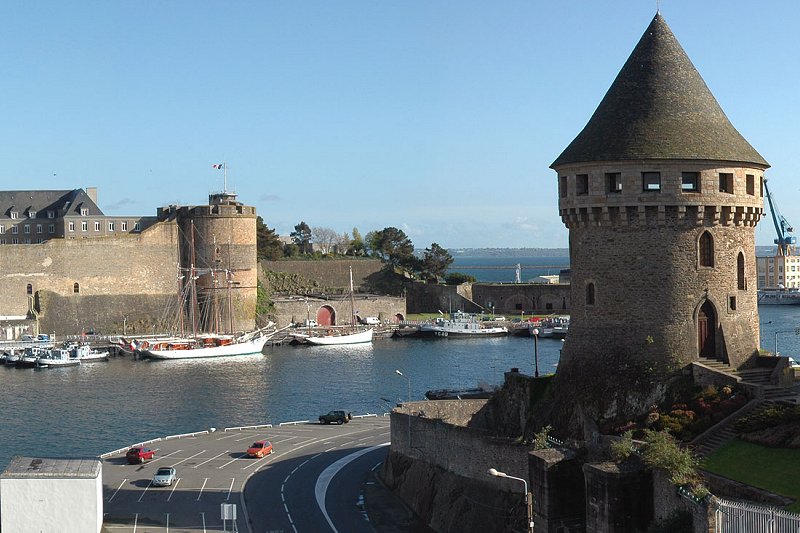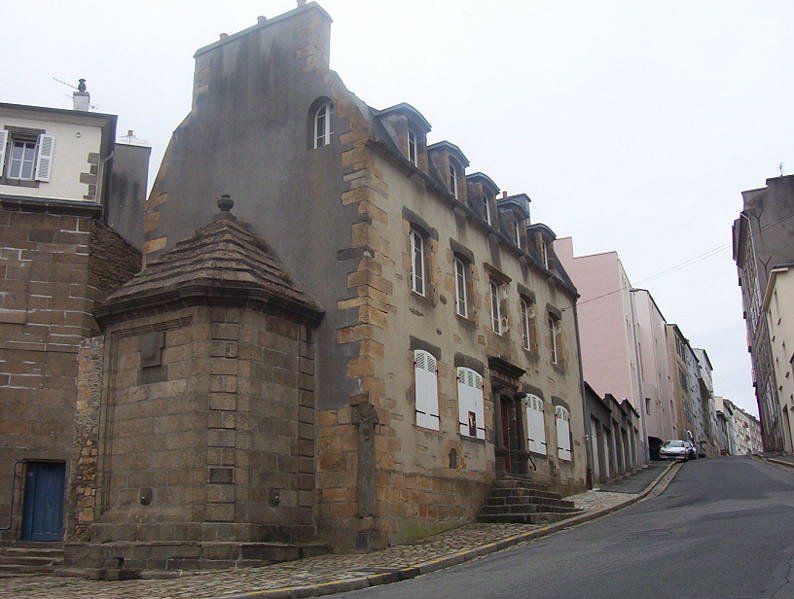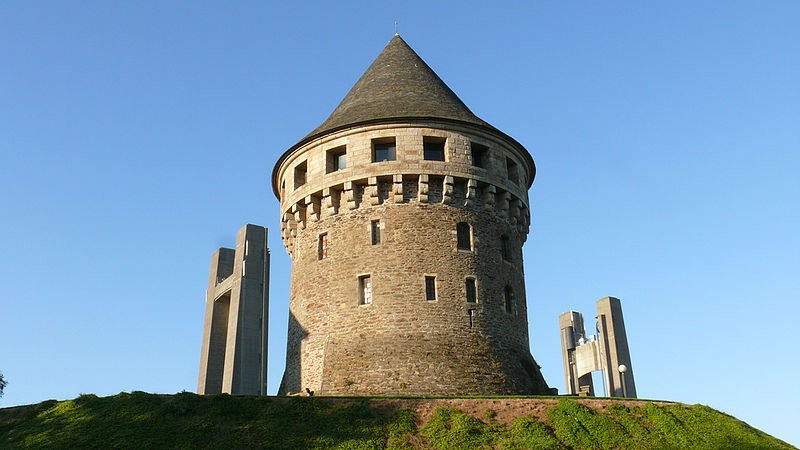 Brest, Brittany, France
Brest, Brittany, FranceSource: https://en.wikipedia.org/wiki/File:26-04-2005-015.jpg
Author: S. DÉNIEL

Brest is a city in the district of Finistère, in the region of Brittany, in northwestern France. It covers 49.1 sq km (12 sq mi) and has a population of 142,000 people, making it one of the main urban areas of Western Brittany and the third largest city in the region after Nantes and Rennes.
Brest is near the westernmost tip of metropolitan France. The history of settlement in this area is traced to the 13th century, though human habitation is believed to date back far earlier than that. The earliest mention of Brest was in 1240, when it was ceded to John I, the Duke of Brittany. The town came under English rule from 1342 until 1397.
 Maison de la Fontaine, one of the oldest houses in Brest
Maison de la Fontaine, one of the oldest houses in BrestSource: https://en.wikipedia.org/wiki/File:Maison_de_la_Fontaine-Brest.jpg
Author: HaguardDuNord

Brest was developed into a seaport by Cardinal Richelieu in 1631, taking advantage of its natural sheltered harbor. This was the impetus to use Brest as a harbor for the French Navy, a position the city still plays today.
During the Second World War, the Nazis used Brest as a base for their U-boat submarines. As a result of the war, Brest was almost entirely destroyed, particularly after the Battle for Brest in 1944. Today Brest has developed as a destination for sunbathing, windsurfing and yachting.
How to go to Brest
There are regular Air France flights to Brest Bretagne Airport from Paris-CDG, Paris-Orly, Lyon, Marseilles and Nice. Flybe has services from Birmingham and Southampton. You can also take the high-speed TGV trains from Paris as well as from Rennes and Quimper. Tanguy Tower, Brest
Tanguy Tower, BrestSource: https://commons.wikimedia.org/wiki/File:Brest.jpg
Author: Lolo Le BeGood1

Places of Interest in Brest
- Church of Saint-Louis
- Conservatoire botanique national
- Musée national de la Marine
- Pont de Recouvrance
- Rue de Siam
- Tanguy Tower
 Latest updates on Penang Travel Tips
Latest updates on Penang Travel Tips

Copyright © 2003-2025 Timothy Tye. All Rights Reserved.

 Go Back
Go Back